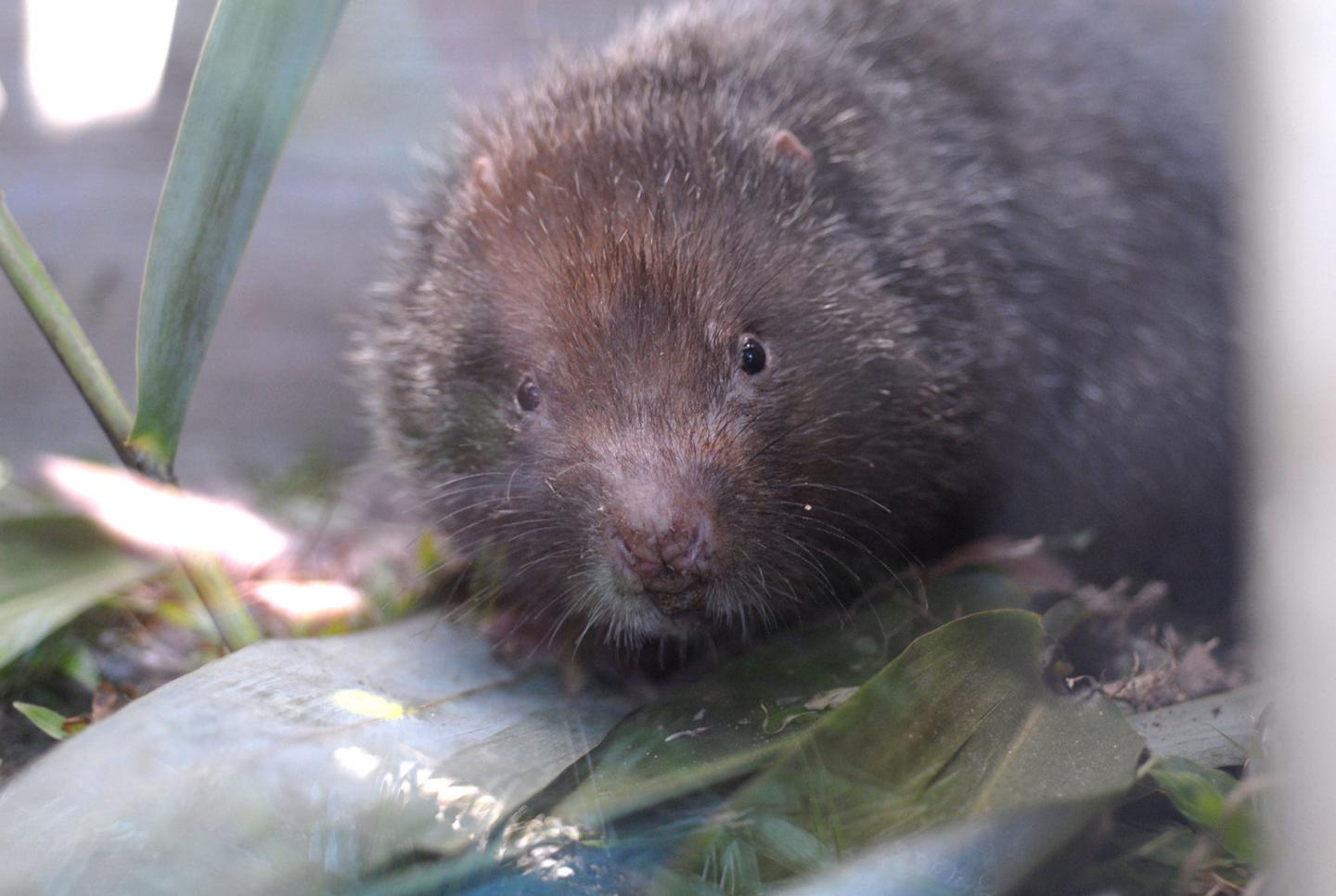A new study looked at the pattern of variation of the South Asian monsoon over time and compared it with the evolution of African mole rats and bamboo rats by evolutionary distribution in space and through time and found that weakening and strengthening monsoon rains played a key role in the evolution of these species.
Over a period of 24 million years, the changes observed in the teeth and head shape of the rodents examined, matched the varying strength of the monsoon.
Of the 38 species studied, six still exist today and the changing rains seem to have driven several species into extinction.
Nature is out to kill us, as always.

Rhizomys pruinosus. Credit: Vincent Herbreteau, CERoPath project
The monsoon is a key driver of the environment in that part of the world. When it was strong forest cover and vegetation would be a lot fuller than in periods when the rains were weaker.
The researchers found that in periods when the monsoon was weaker the teeth of these rodents changed, as did other body parts they would use for digging, and they started to burrow underground. This would have provided them with resources as well as protection from predators when the forest cover was a lot thinner.
"It was natural to assume that a mighty climatic phenomenon like the monsoon would play a part in evolution, but until now there has never been any decisive evidence thereof. We have now found that," said Dr. Fabien Knoll of The University of Manchester. "We used rodents in this study because they are the most common mammals in the fossil record, and they evolved rapidly and are very sensitive to any changes in their habitat."
The authors of this study added: "We suggest that the variations in the monsoon intensity have impacted the evolution of most, if not all, mammals living in this region, although this remains to be proved convincingly (using our methodology or others) and the pattern would probably vary from group to group."
Published in Scientific Reports.


